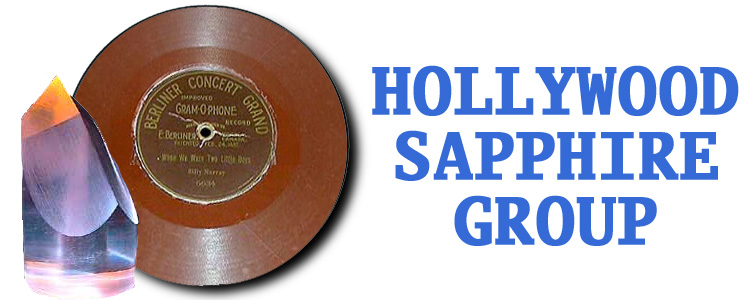The
Myth Of The IOO-Year CD-ROM
From: The Independent - UK 4-21-4
Are
we putting too much faith in the ubiquitous "Recordable CD",
or CD-R? It is undeniably one of the most useful means of storage around,
offering an inexpensive way to save digital photographs. music and
files and costing less than 50 pence per disc.
If
you check the claims made by some manufacturers of popular CD-R brands,
you will see that some make bold claims indeed. Typical boasts include: "100-years
archival life", "guaranteed archival life- span of more than
100 years" and "one million read cycles". One company
even says data can be stored "swiftly and permanently", leaving
you free to bequeath those backups of your letter to the electricity
company to your great great grandchildren.
But
an investigation by a Dutch personal computer magazine, PC Active,
has shown that some CD-Rs are unreadable in as little as two years,
because the dyes in the CD's recording layer fade. These dyes replace
the aluminum "pits"
of a music CD or CD- RAM, and the laser uses that layer to distinguish
Os from 1s. When the CD is written, the writing laser "burns" the
dye, which becomes dark, to represent a "1" while a "0" will
be left blank so that if the dye fades, there's no difference; it's just
a long string of nothing to the playback laser.
So
have you already lost those irreplaceable pictures you committed to
the silver disc? PC Active suggests we should forget CD-Rs as a durable
medium, after its own testing found some with unreadable data after
just two years. "Though they looked fine from the outside, they
turned out to be completely useless," wrote the technical editor
Jeroen Horlings, who had tested 30 brands in 2001, left them in a dark
cupboard for two years and then re- tested them in August 2003. Of
the brands tested, 10 percent showed ageing problems.
Recordable
DVDs are not off the hook either. The "dye chemicals" in
write-once DVDs are similar to CD-R, though recording density and disk
construction differ.
"We're in the process of testing DVDs and we're sure that the same problems
will occur," said Horlings, who plans to publish his findings soon.
In
the wrong conditions, such as sunlight, humidity and upper surface
damage, your CD-R will slowly turn into a coaster. "CDRs should
never be left lying in sunlight as there's an element of light sensitivity,
certainly in the poor quality media," says Stevenson. "I
wouldn't rely on CDRs for long-term storage unless you're prepared
to deal with them as recommended."
Such
views are echoed by the National Archives at Kew. "Generally speaking,
we don't recommend CDRs for long-term storage," says Jeffrey Darlington,
a project manager at the Archives' Digital Preservation Department.
'We don't regard CDRs as an archival medium. Most of the CDRs on the
market are not of archival quality.
Not
all optical media is vulnerable. The rewritable variants (RW) use metallic
materials that change the phase of the light, rather than light-sensitive
dyes. Commercial magneto-optical and ultra-density optical systems
are different too.
Vane-Tempest
also offers a tip. Blank CD-R disks have a code that your CD writer
reads to find the best writing strategy. If this isn't in the CD-writer's
software (its
"firmware"), the default may be a poor compromise. Vane- Tempest
says that some "less scrupulous" Far East companies have been using
other people's codes, with deficient results. However, there is a way around
this which is to find out which brands suit your writer and ensure the firmware
is up to date.
As
the oldest CD-R is barely a teenager, there are no definitive answers
either. But perhaps the last word belongs to Jeroen Horlings at PC
Active, "We see a lot of manufacturers and they think that quantity
is more important than quality,., he says. "The problem will remain,".'
@
2004 Independent Digital (UK) Ltd
|
